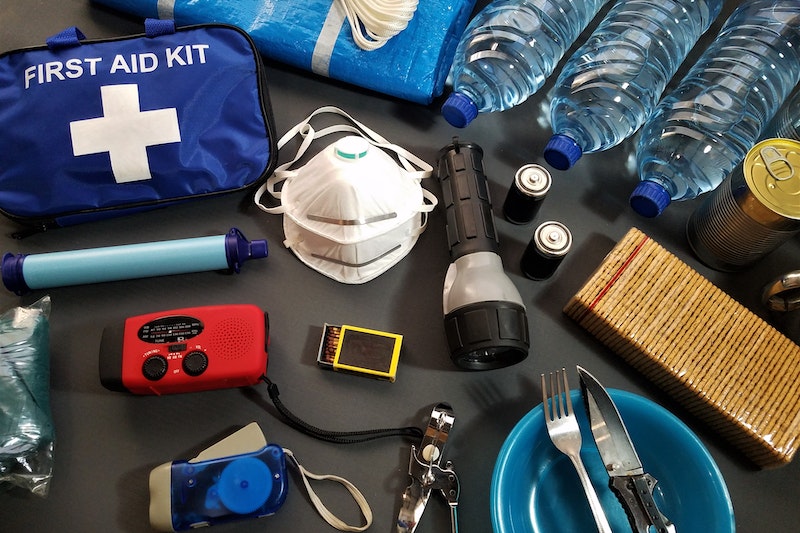A Vibrant Celebration of Puerto Rican Culture
Nestled on the northern coast of Puerto Rico, the picturesque town of Hatillo comes alive each year with the vibrant and lively Festival de las Máscaras, a celebration deeply rooted in the island's rich cultural heritage. This unique event, marked by colorful masks, traditional music, and a sense of community, has become a cherished tradition for both locals and visitors alike. If you’re in Puerto Rico for the holidays, don’t miss Hatillo’s Festival de las Máscaras (“Festival of Masks”), a celebration based on a tradition that originated in Spain’s Canary Islands. This colorful and lively event is held each year on December 28, which marks el Día de los Santos Inocentes (“Day of the Innocent Saints”). Upwards of 30,000 people attend to see the parade participants — human and equine alike — donning intricate ruffled costumes and beautifully decorated papier-mâché masks that are in themselves exceptional pieces of authentic Puerto Rican art.
Background
The Festival de las Máscaras, which translates to the Festival of Masks, has its roots in a blend of Spanish, African, and indigenous Taino traditions. It is a cultural manifestation that dates back to the 19th century and has evolved into a distinctive celebration of Puerto Rican identity. The festival typically takes place on December 28th and 29th, marking the end of the Christmas season and leading up to the New Year.
The Masks
Central to the festival are the masks, each telling a unique story and embodying various characters. These masks range from whimsical to mystical, representing historical figures, animals, and mythological beings. Artisans and craftsmen from Hatillo and neighboring towns invest months in creating these intricate masks, making each one a work of art that reflects the island's diverse cultural influences.
The Tradition
The Festival de las Máscaras is not just a visual spectacle; it is a sensory experience that engages participants in a dynamic celebration of music, dance, and food. Traditional Puerto Rican music, such as bomba and plena, fills the air as dancers in vibrant costumes move through the streets. The rhythm of drums and lively melodies create an infectious energy, inviting everyone to join the festivities.
Processions and Parades
The festival kicks off with a grand procession through Hatillo's streets, featuring locals donning elaborate costumes and masks. Parade participants pay homage to their heritage, showcasing the diversity of Puerto Rican culture. The procession is a kaleidoscope of colors and sounds, with each participant contributing to the vibrant tapestry of the event.
Current Information
In recent years, the Festival de las Máscaras has gained popularity beyond Hatillo, drawing visitors from around the world who are eager to experience the unique cultural celebration. The event has also embraced modern elements, incorporating social media and online platforms to share the festivities with a global audience.
As the festival has grown, organizers have expanded its scope to include educational initiatives aimed at preserving and promoting Puerto Rican traditions. Workshops on mask-making, traditional dance, and music are organized, ensuring that the younger generation actively participates in and continues these cultural practices.
However, like many events worldwide, the Festival de las Máscaras faced challenges during the COVID-19 pandemic. In response, organizers adapted by organizing virtual events and encouraging online participation, allowing the spirit of the festival to endure despite the limitations. For up to date information and great photos of this year's event, please visit the Festival de Mascaras de Hatillo PR Facebook page
Conclusion
Hatillo's Festival de las Máscaras stands as a testament to the resilience of Puerto Rican culture and its ability to evolve while staying rooted in tradition. This annual celebration not only showcases the artistic talents of the community but also serves as a reminder of the importance of preserving cultural heritage. As the colorful masks continue to dance through the streets of Hatillo, the Festival de las Máscaras remains a symbol of unity, pride, and the enduring spirit of Puerto Rico.

























 Visit the beautiful El Morro Fortress, a must-see example of Spanish Colonial Architecture in Puerto Rico.
Visit the beautiful El Morro Fortress, a must-see example of Spanish Colonial Architecture in Puerto Rico. The cathedral in San Juan is the symbol of the Puerto Rican heritage.
The cathedral in San Juan is the symbol of the Puerto Rican heritage.


 When exploring the caves of Puerto Rico, you just have to see Cueva del Indio.[/caption]
When exploring the caves of Puerto Rico, you just have to see Cueva del Indio.[/caption]

 Puerto Rico's hurricane season reaches its peak in August, which is also the wettest month
Puerto Rico's hurricane season reaches its peak in August, which is also the wettest month Plan your trip accordingly to prepare for any last-minute changes.
Plan your trip accordingly to prepare for any last-minute changes. You should keep a first aid kit, batteries, a flashlight, water and some food in your emergency backpack
You should keep a first aid kit, batteries, a flashlight, water and some food in your emergency backpack